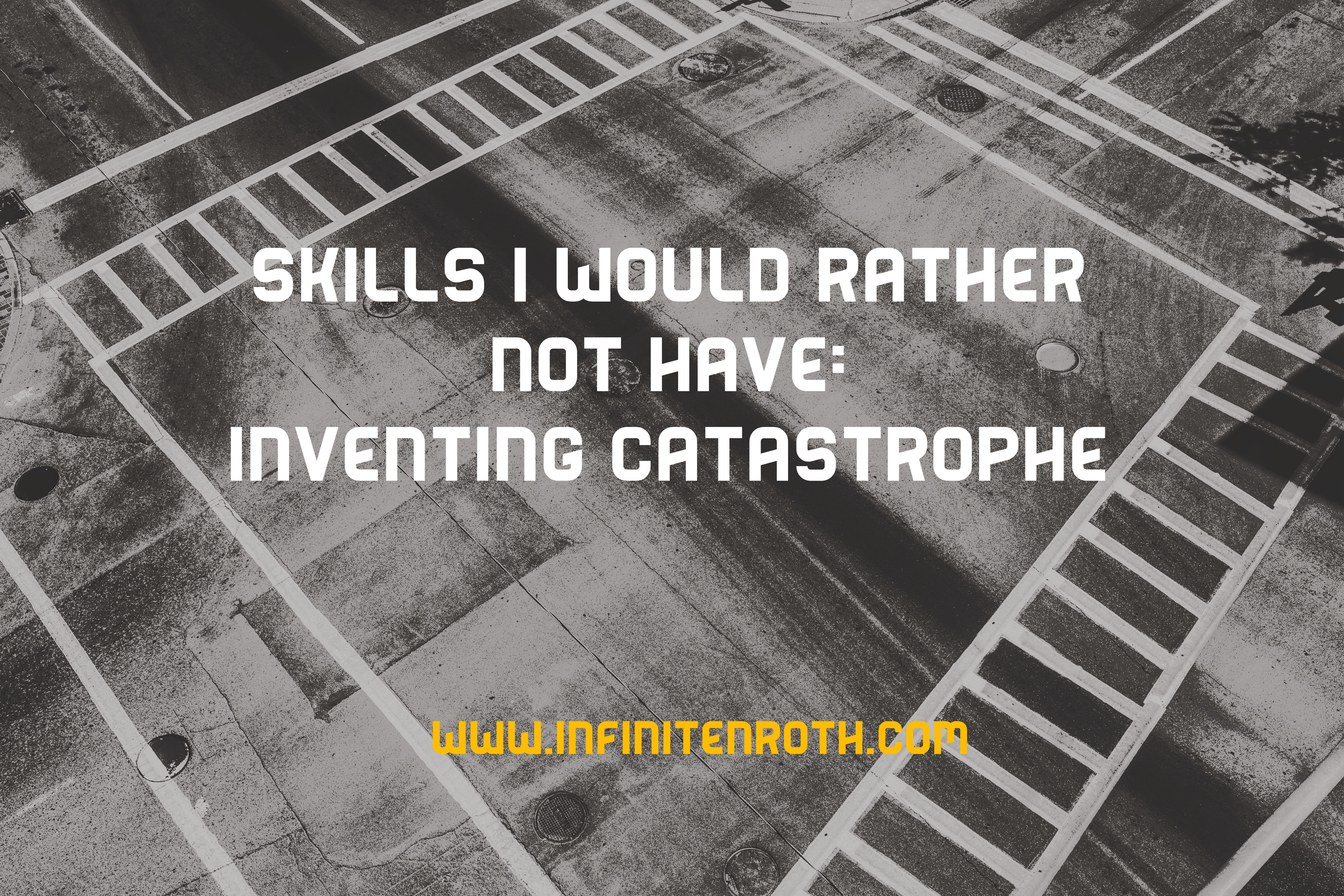We’re generally more attuned to potential dangers, to things that can harm us or put our lives at risk. Our brains have been honed to see the snake in the grass, the poisonous berry, the lurking enemy, and the loose step. In facing these threats, we fill-in any gaps of knowledge with a narrative that makes sense. We want to create some certainty in a precarious situation, and we do that by creating stories to make all the pieces fit. Based on observations and the emotional experience, what makes the most sense? When we’re hurt, scared, or otherwise suffering, that narrative turns dark quickly. The driver in front of you that failed to use their blinker (you recognize the potential danger and now feel mildly scared) gets caught up in a narrative that completes the story of “The idiot that tried to kill me and is probably the worst driver in the world because why would anyone not use their blinker……etc.” This explanation justifies the fear. If the narrative was, “That responsible driver had a minor oversight in the application of normal safety protocols, but it didn’t really impact my safety in the grand scheme of things” the fear would have no rational explanation.
Our internal narrative acts to justify our emotional responses, to explain them, to make them more predictable. Unfortunately, these justifications often only serve to intensify and/or prolong the emotions. This effect of emotional amplification is common when we try to rationalize, control, or judge our our emotional experiences.
In our heads, the airplane turbulence quickly become a failing engine. The coughing child is informally diagnosed with tuberculosis. The angry boss is definitely making plans to fire half the department. Perceived threats lead to fear, fear motivates the need for an explanation, and our minds happily oblige, providing a narrative that is often unhelpful to say the least.
There are two primary approaches to managing this problem.
- Change the narrative. Take control over the story, and create a narrative that does NOT intensify or prolong the uncomfortable emotions. It can be a reasonable alternative or a ridiculous exercise in creative writing. Perhaps that turbulence is a slight breeze that will subside momentarily. Or, it could be that Superman was flying along beside the plane and gave us a little nudge. When you take control of the narrative, you can influence the emotional response.
- Accept the emotion. Acknowledge the fear, observe the narrative, and work to let it be. Let yourself be scared without a “reasonable” explanation. It’s okay to be scared when you hit turbulence (It’s always okay to be scared). Allow yourself to complete this sentence “I’m scared and….” You can be scared and imagine all the most horrible things that could happen during a plane crash (that’s what we want to avoid). Alternatively, you can feel scared and take some controlled breaths. You can feel scared and chat with the person next to you. You can feel scared and play Tetris on your phone. Engaging in actual behaviors can help move you out of the narrative in your head.
Both approaches go against the default strategies of most people, making them especially challenging to apply when facing a perceived threat. It takes self-awareness and practice, but the benefits are ubiquitous.


